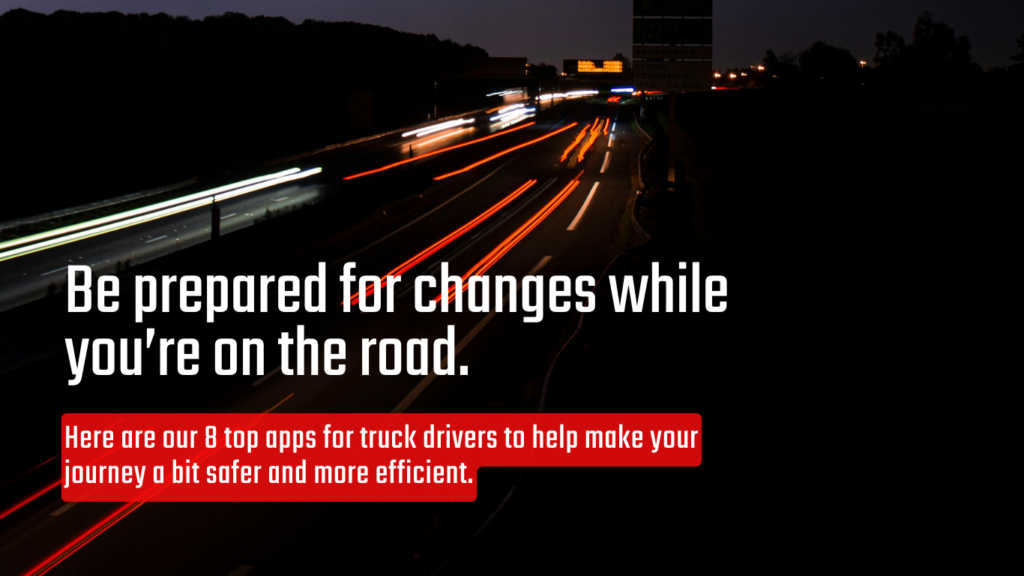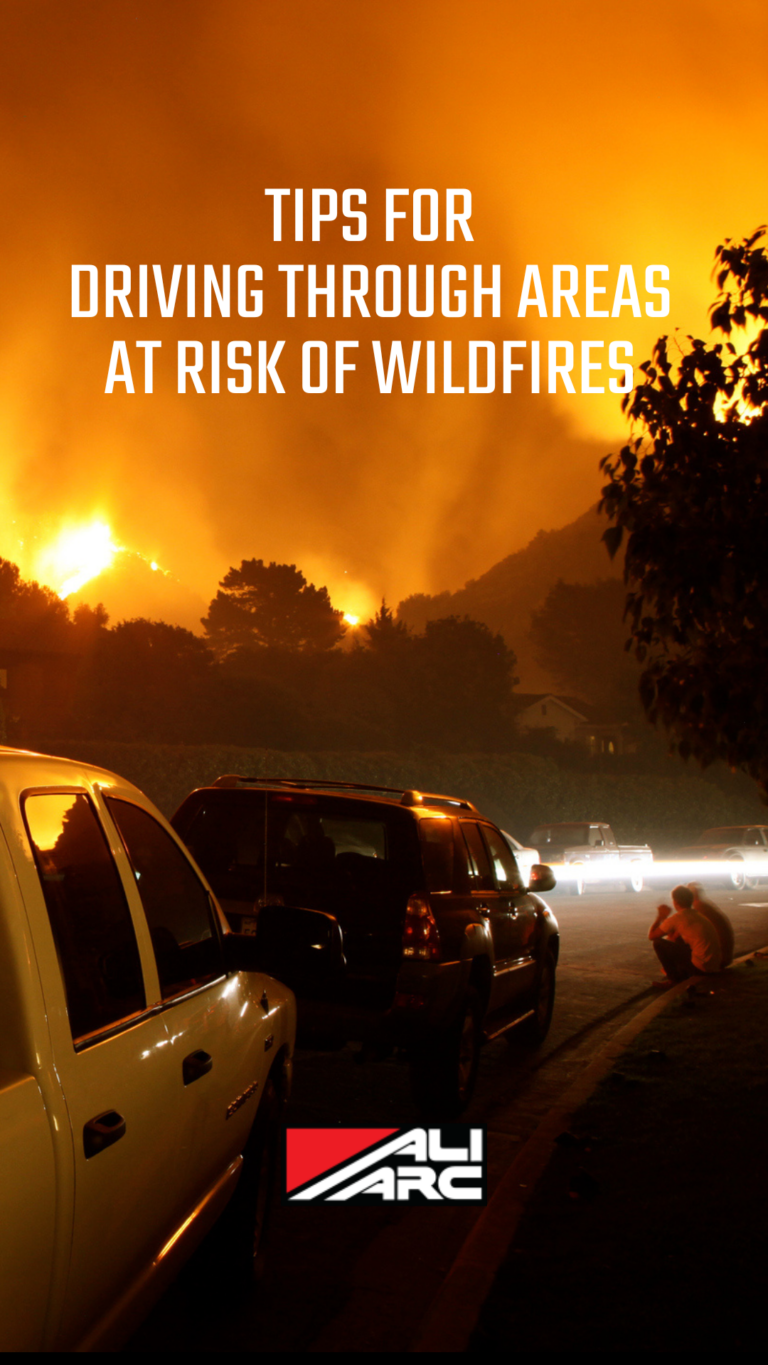How to Stay Alert on the Road as a Truck Driver
It’s no secret that truck drivers spend a lot of time on the road. Hours delivering important goods can add up quickly, but what happens when a truck driver does not get enough proper rest? It can be life-threating for the driver and other people on the road. It is crucial that drivers, especially truck drivers stay alert on the road. We have gathered up some tips to help when sleepiness sets in on the road.
Don’t Fight It
If you can, start your journey well rested. When you are on the road and are feeling drowsy, find a safe place to pull over and take a short rest. Research shows a power nap of less than an hour will provide your body with plenty of energy to keep moving forward for hours.
Eating Right
Sugar can provide you with temporary energy but what happens when the crash comes? Eating healthy food on the road can help you to continue moving and meeting those critical deadlines. Maybe instead of candy or a donut consider easy finger food that will keep you chewing and alert and provide you with last energy. Some of examples of that would be carrots, celery, trail mix or almonds. Some other options that won’t keep your stomach full but will keep you busy are sunflower seeds or gum.
What to Drink?
We all know that coffee is sold as an energy burst, which is true but too much coffee can cause a caffeine crash. When you are on the road it is best to drink small amounts of coffee with larger amounts of water. Avoid sugary drinks that could cause an upset stomach or a sugar crash.
Phone a friend
If you have cell service and can safely make a handsfree phone call then the perfect time to catch up with loved ones is on the road. If your mouth is moving then you will be alert, keep that in mind. Try to schedule calls while you are on the road so that you can keep your mind active while driving. The plus to this is, it’s good for the soul to talk to loved ones!
Temperature Settings
For a short amount of time, cranking the AC or cracking a window can help you to stay alert. But please note, this is not a long-term solution. If you are feeling drowsy enough to open a window or crank the AC it might be time to start looking for a safe place to pull over and take one of those power naps.
Plan Ahead
Before you start out on your trip, know where you are going, how long it is going to take, where you are going to stop for bathroom breaks, food breaks and overnight stops. This may help with avoid driving into awkward lighting like sunrise or sunsets which will make for a much easier and safer drive.
Take ‘Energy’ Breaks
If anyone sat in the same spot for too long, they would become tired and not as alert as they could be. When you are ready to stop, think about doing some jumping jacks or quickly walk around your truck 10 times. This can help to kick start your energy levels and keep you alert for hours.
We know there are many other ways to keep alert on the road. Some of it is trial and error when you are on the road since every individual is different. The main thing is to find out what works best for you.
Is there any advice you would pass on to fellow truck drivers or travelers?
RESOURCES
https://semitruckdriver.com/awake/2/
https://www.alltrucking.com/faq/tips-staying-awake-truck-drivers/
https://www.truckingtruth.com/trucking_blogs/Article-3823/12-tips-to-help-drivers-stay-awake-longer







